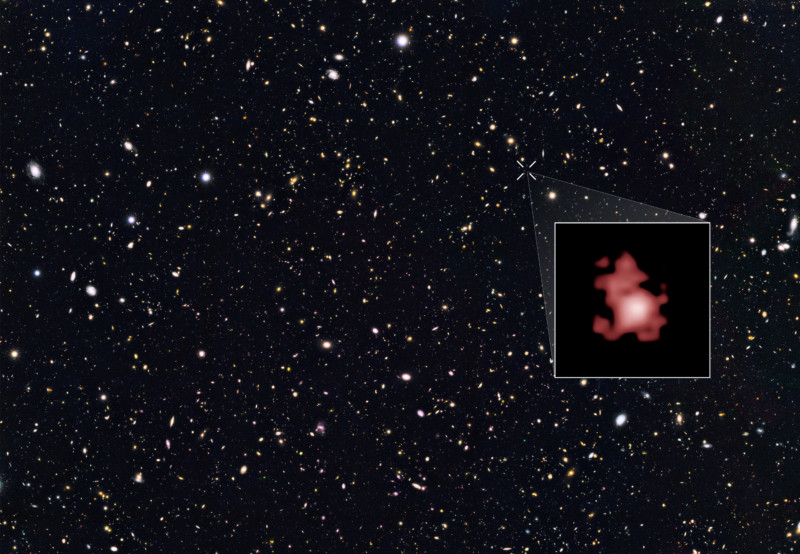James Webb Telescope Breaks Record for Oldest Galaxy Ever Observed
![]()
The James Webb Space Telescope (JWST) has broken the record for the oldest galaxy ever observed by nearly 100 million years. The galaxy, called GLASS-z13, dates to just 300 million years after the big bang.
The previous record was held by Hubble who discovered GN-Z11, located in the direction of the constellation of Ursa Major, back in 2016. That surprisingly bright infant galaxy’s light was emitted 13.4 billion years previously, just 400 million years after the Big Bang.

In addition to finding what they believe to be the oldest galaxy ever recorded in GLASS-z13, the researchers from the Harvard and Smithsonian Center of Astrophysics in Massachusetts also identified another galaxy that is comparable in age to GN-z11 called GLASS-z11.
“With the advent of JWST, we now have an unprecedented view of the universe thanks to the extremely sensitive NIRCam instrument,” the researchers explain.
“We found two very compelling candidates for extremely distant galaxies,” Rohan Naidu, one of the researchers, tells New Scientist. “If these galaxies are at the distance we think they are, the universe is only a few hundred million years old at that point.”
Both of the galaxies are much smaller than Earth’s Mily Way Galaxy, which is 100,000 light-years across. GLASS-z13 is estimated to be about 1,600 light-years across while GLASS-z11 is about 2,300 light-years across.
The finding has come extremely quickly, barely more than a week after the JWST released its first images, and the teams will continue to analyze the data to confirm their findings, something that is only possible with the JWST.
“They’re very convincing candidates,” Naidu adds. “We were pretty confident that JWST would see distant galaxies. But we’re a little bit surprised how easy it is to detect them.”
The JWST has only just begun its journey to look into the early years of the universe and there is much more to come. Earlier this year, the Hubble Space Telescope set the record for the capture of the most distant star ever recorded. Called Earendel, its light took 12.9 billion years to reach Hubble. Those researchers plan to further investigate it with the JWST. Considering how much more powerful JWST is than Hubble, future observations are sure to dazzle.
Image Credits: Naidu et al, P. Oesch, T. Treu, GLASS-JWST, NASA/CSA/ESA/STScI